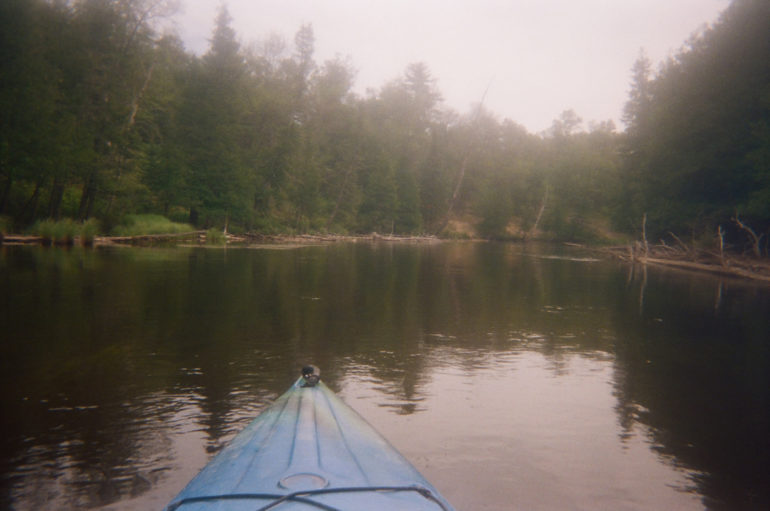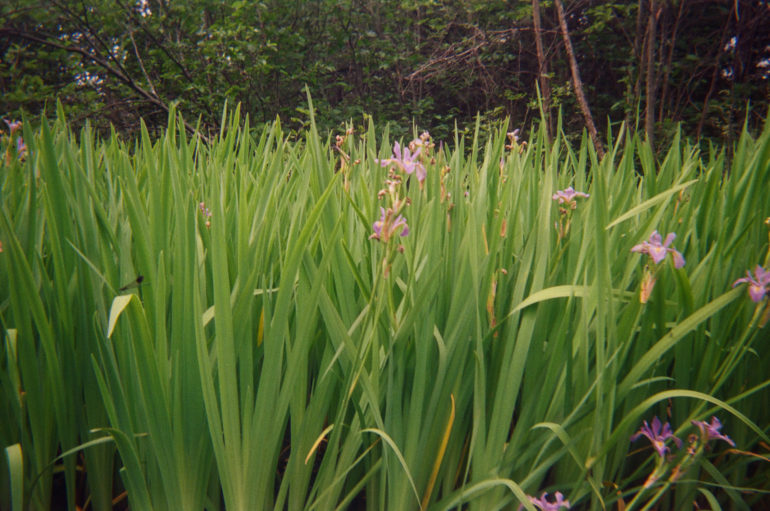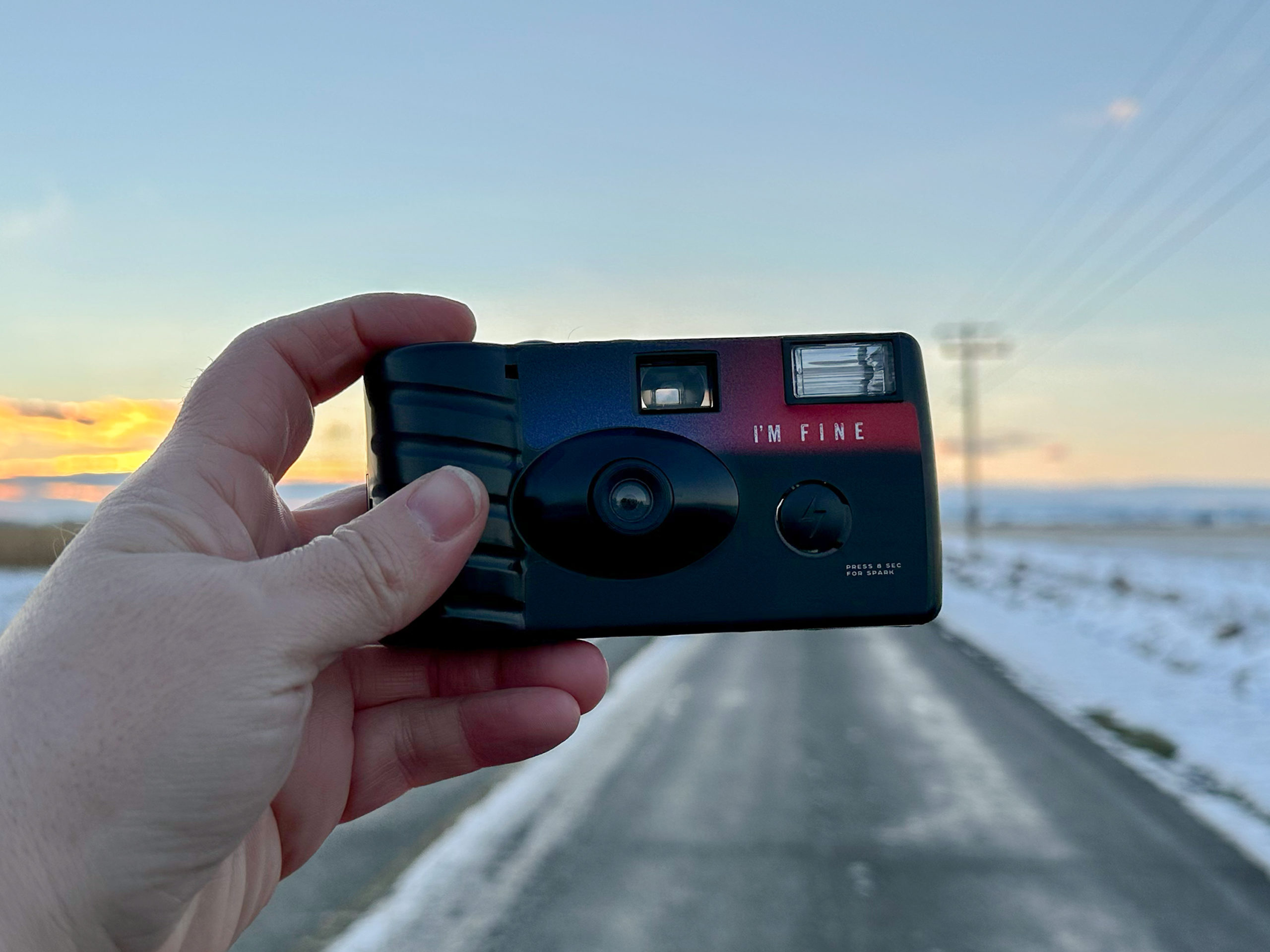There’s a special charm about the images that were shot by our parents and grandparents with disposable cameras. The lo-fi aesthetic of them and the simple pleasures of them transporting us to better images is incredibly alluring. That comes from shooting film and also from the plastic optics in a disposable camera. So if you’re looking for the best one, we’ve tested the best! And we’ve got full reviews to show you — as well as the one we think is the best!
The Phoblographer may receive affiliate compensation for products purchased using links in this blog post.
“We hate banner ads too. Download our app for iOS, iPad, and Android and get no banner ads for $24.99/year.”
Table of Contents
What to Know About The Disposable Camera and How to Use This Guide
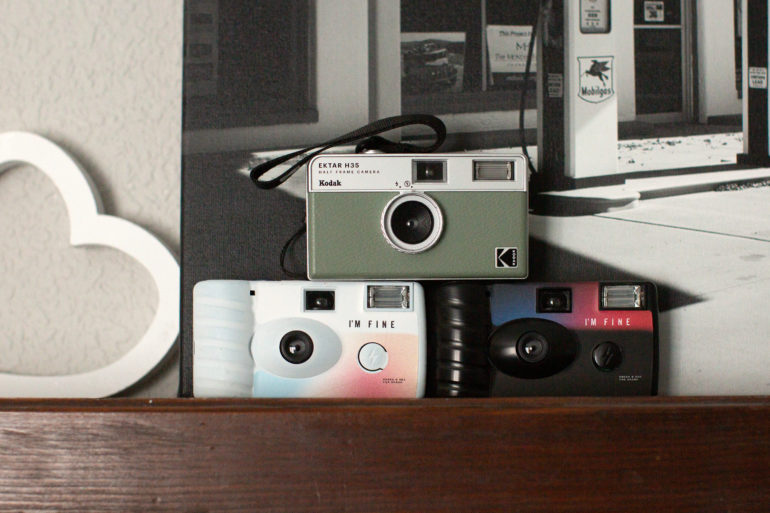
Here are some tips on getting the most of disposable cameras:
- The Phoblographer’s various product round-up features are done in-house. Our philosophy is simple: you wouldn’t get a Wagyu beef steak review from a lifelong vegetarian. And you wouldn’t get photography advice from someone who doesn’t touch the product. We only recommend gear we’ve fully reviewed in these roundups.
- If you’re wondering why your favorite cameras didn’t make the cut, there’s a chance it’s on another list. If we haven’t reviewed it, we won’t recommend it. This method keeps our lists packed with industry-leading knowledge. Some of our stories include affiliate links. If you buy something through one of these links, we may earn an affiliate commission.
- We shot all the photos in this roundup. You’ll only find original product photos and sample images done in-house by Phoblographer staff.
- What makes a camera the best disposable camera? We’re judging these on a variety of factors like ease of development, build quality, reliability, and form factor. Some of them just feel better than others. When it comes to image quality, trust us, you’re not really going to be able to tell the difference and nor will your friends and family when you share them online.
- None of these cameras have full weather resistance — except for the Fujifilm option! So keep that in mind. You’ll need to be careful when using them.
- The viewfinder of a disposable camera doesn’t exactly show you what’s through the lens. But it can give you a decent approximation of what you can expect.
- Disposable cameras are a lot of fun for parties, street photography, and a lot more! Growing up, my mother and her siblings brought out disposable cameras for special events like graduations, parties, etc. The thing about those is that they were important events. So if you shoot them only for important events, then the photos will simply just feel better and more personal to you.
- When you get your film developed, always ask for high-resolution scans for posting online. We tend to go for Blue Moon Camera in Portland. Trust us, getting it developed locally can be expensive and you might sacrifice quality. We’d throw all our weight behind Blue Moon.
- Disposable cameras have a fixed lens with a fixed aperture. Trust us when we say it’s best to use the flash when you can.
- Need some inspiration? Take a look at what Andrew Schafer has done with disposable cameras. But if you really want something new, photographer Kate Hook does this cool process called souping. You should try it, and be sure to let the lab know that you’ve done it beforehand or else you’ll ruin their chemicals! We’ve featured a bunch of projects involving disposable cameras here on the site. You can see them here.
I’m Fine Aura Disposable Camera: Our Favorite
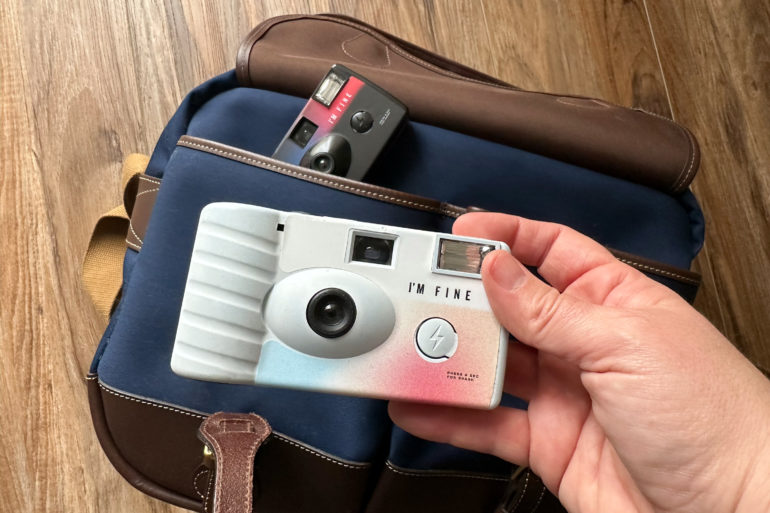
If you want a really unique look from a disposable camera, then you really can’t get any better than the I’m Fine Aura. It will give you exactly that glowy look you’re feeling.
PROS
- Lovely warm tones
- Fun and easy to use
- Versatile 400 film speed
- Adequate contrast
CONS
- The flash could be brighter for indoor images
- Not the sharpest, as expected from a plastic lens
- I prefer finer grain, and that’s being picky
In our review, we state:
NINM Lab has another crowd-pleaser with the I’m Fine Aura camera. Now in its fourth iteration, it remains as simple and fun to use as ever before. Anyone who enjoys working with film will enjoy this single-use camera.
A
The golden colors are lovely, and the on-camera flash makes for fun indoor candid frames. Its fixed plastic lens doesn’t create the sharpest images, but it’s enough. Grain lovers will appreciate this little nugget. Plus, it’s the perfect size to take with you on your next adventure.
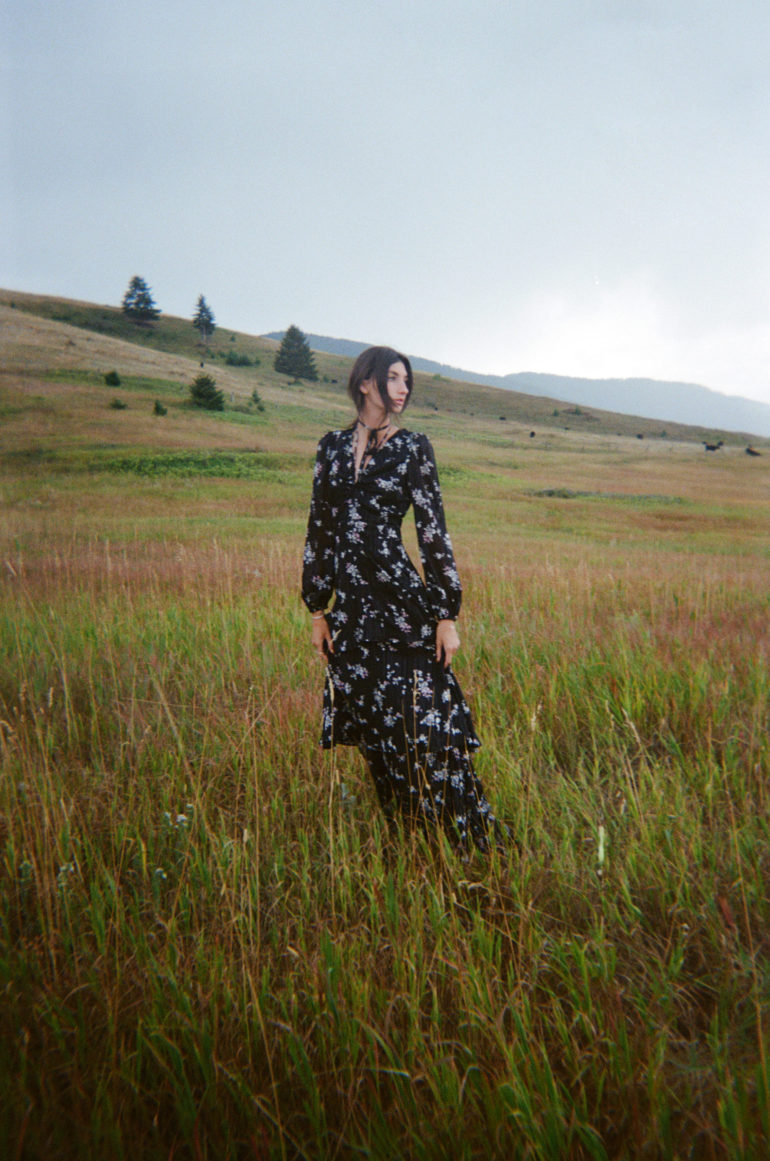

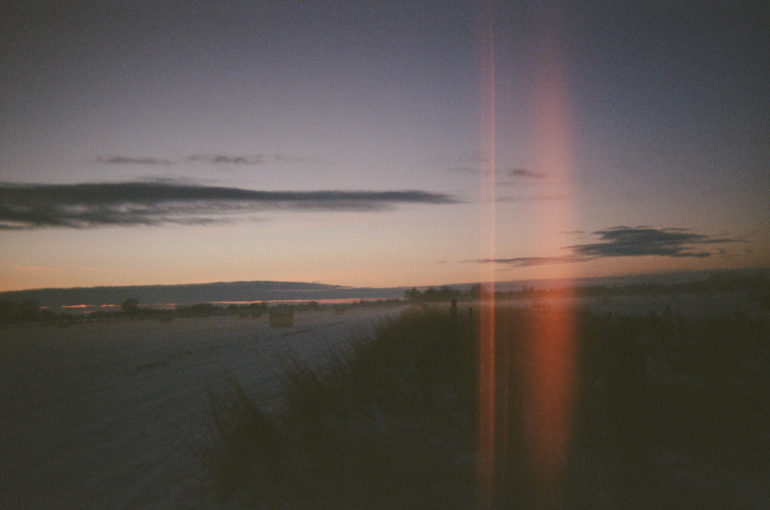
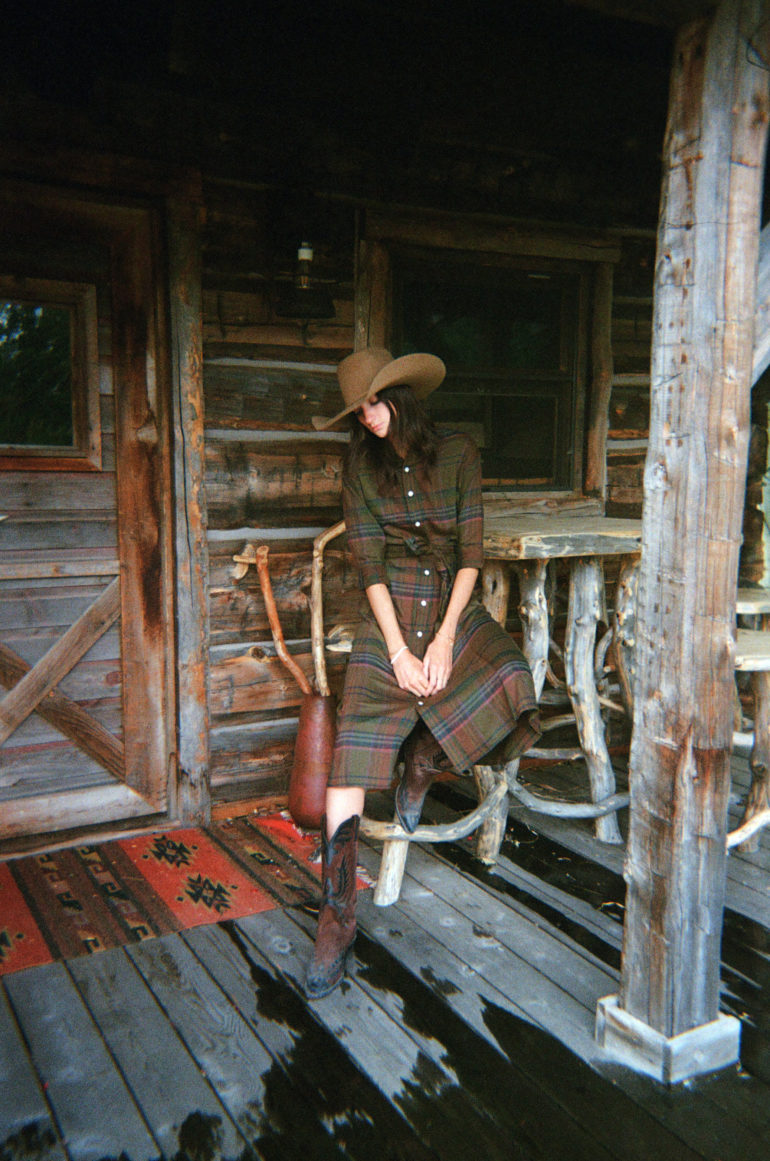
Kodak 400TX Single-Use Disposable Camera: for the Black and White Lover
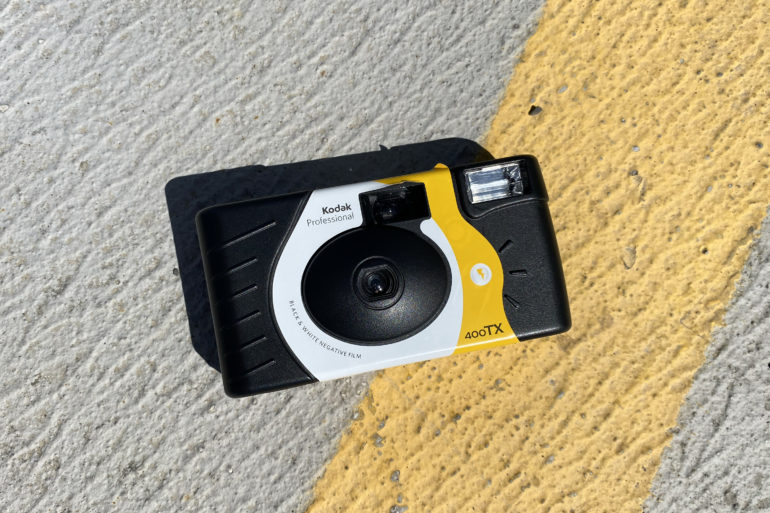
PROS
- Anyone can use it
- Black-and-white film
- Tri-X is so forgiving it’s hard to get an unusable frame.
- On-camera flash is excellent for events
- Loads of fun
CONS
- The flash on one of the cameras would not turn off, although the images were fine.
- Not the sharpest, which is to be expected from a plastic lens
- I prefer finer grain with more contrast, but that’s being picky
In our review, we state:
The Kodak 400TX single-use camera is sure to be a crowd-pleaser. It’s so simple that anyone can use it. Even professionals will enjoy the throwback and reminiscing of days spent in the darkroom. The fixed plastic lens doesn’t create the sharpest images, but images are sufficient. And if you love grain, you will adore this little gem. It’s a great camera to throw in your bag when traveling or headed to a party. The price is $13 for 27 frames, making it an inexpensive way to play with film photography.
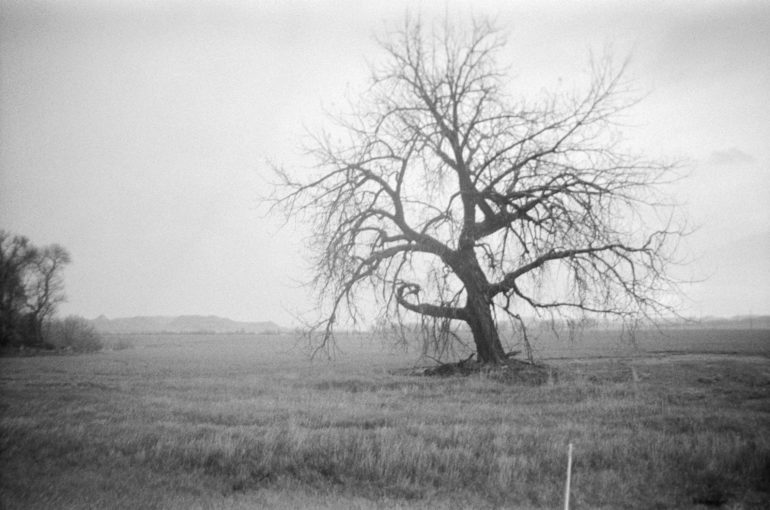

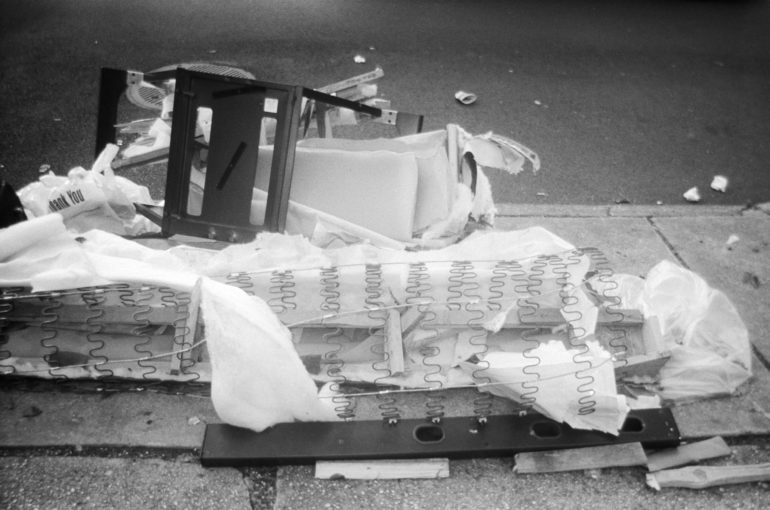
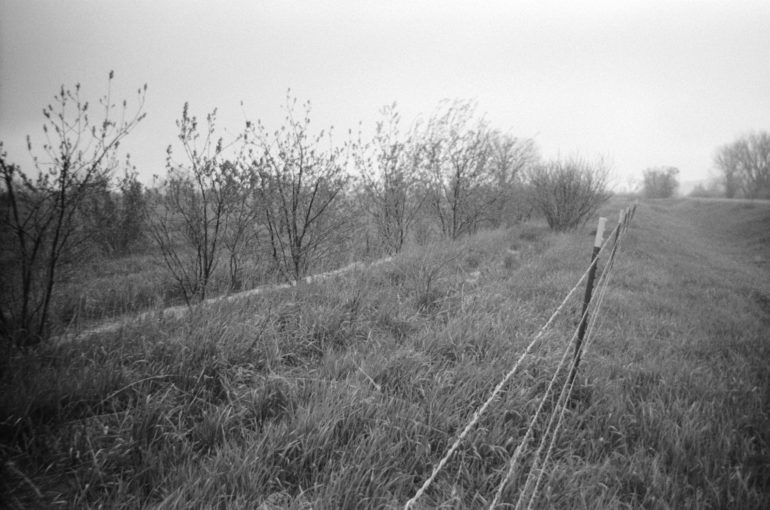
Ilford XP2 Single-Use Camera: The Classic Look in a Disposable Camera
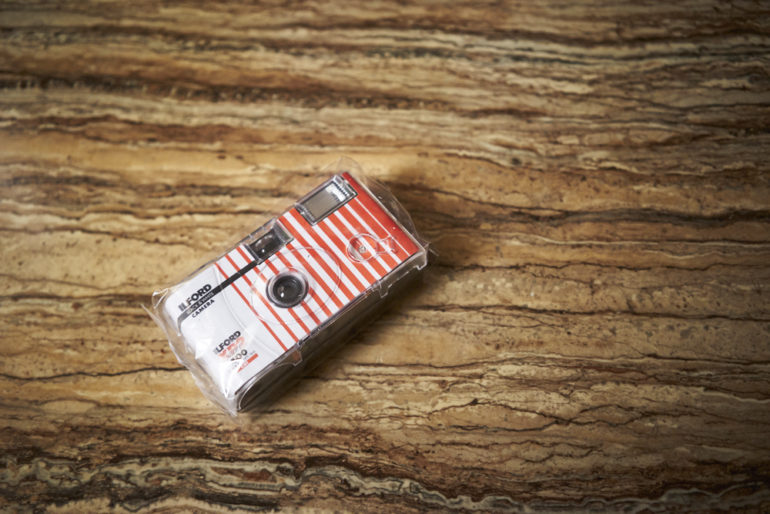
Pros
- C41 development means you can take it to a lab and they’ll deal with it. In this case, Lomography developed the film for us–thanks Lomography!
- Small
- There’s almost no thought involved
- Fairly wide angle
- Powerful flash
- Fun!
- Affordable
Cons
- Some folks would probably prefer to develop black and white film themselves at home.
In our review, we state:
Believe it or not, I think that the Ilford XP2 super single use camera really needs a professional or extremely experienced photographer that understands metering and how light works to make the most of it. Amateurs, unless they’re always in good lighting or truly understand when you need a flash, may probably get less keepers on their 27 film shot roll.


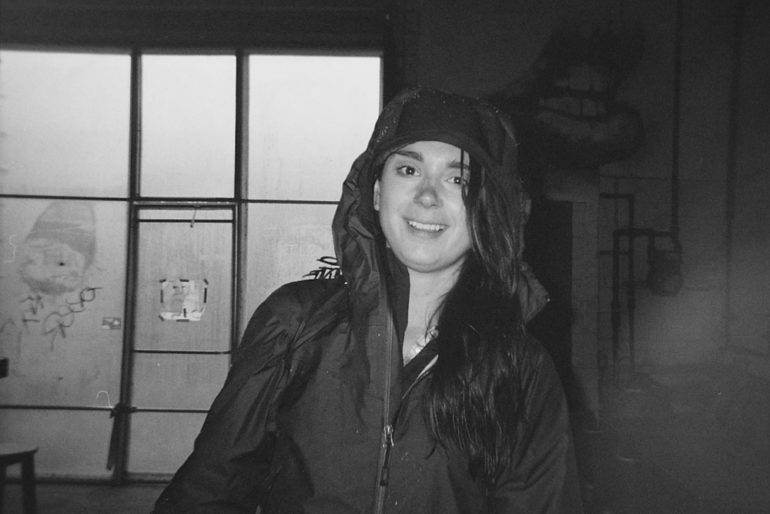

Fujifilm Quicksnap 800: For the Wet and Wild Times
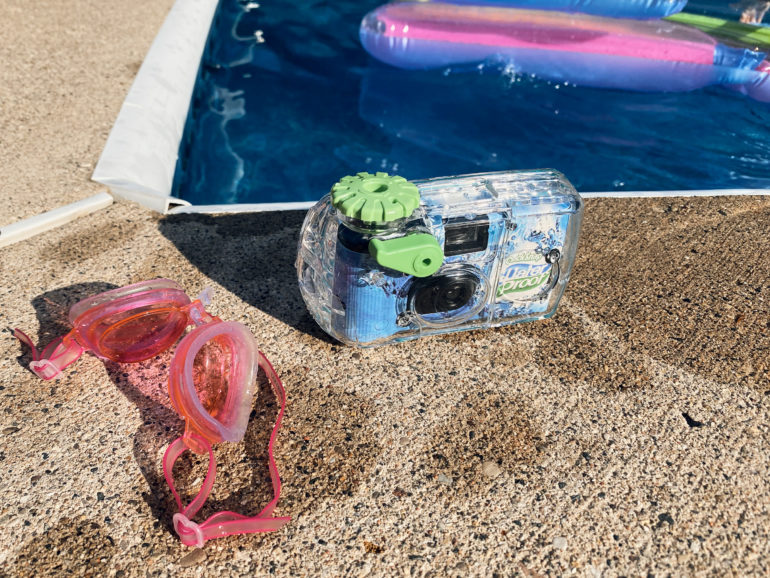
Pros
- Waterproof
- Floats
- Simple to use
- Great film colors
- Recyclable
- It’s $13
Cons
- Tiny viewfinder
- Fixed focus
- Grainy (but it’s the good grain)
In our review, we state:
“The Fujifilm Quicksnap 800 Waterproof doesn’t have autofocus — the lens is fixed focus. The camera is made to focus 3.3 feet to infinity above water. Because of how light bends water, you’ll get sharp photos of anything between 3.3 feet to 10 feet in clear water (less if the water isn’t super clear). Murky water will get you nothing at all.”


